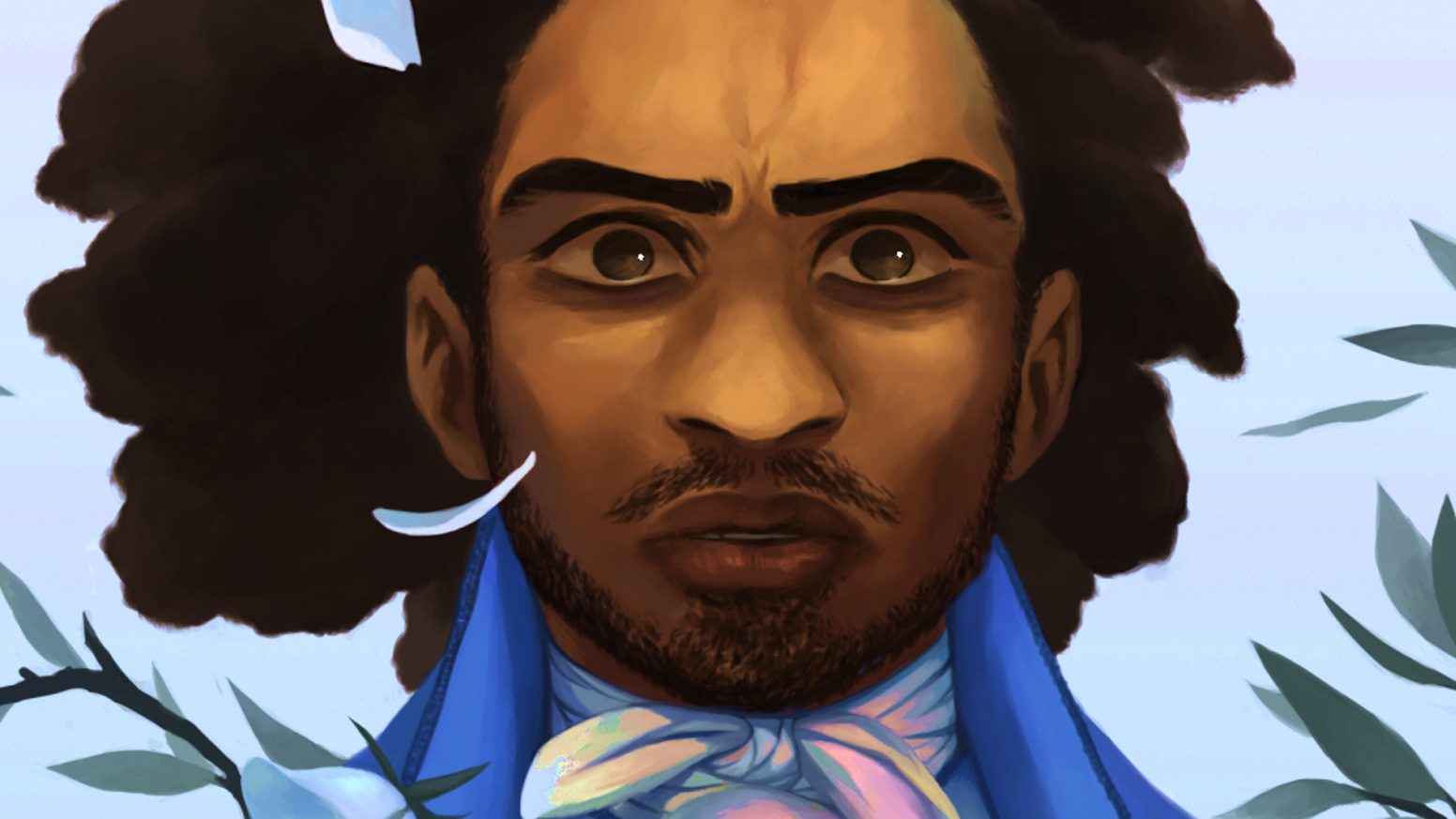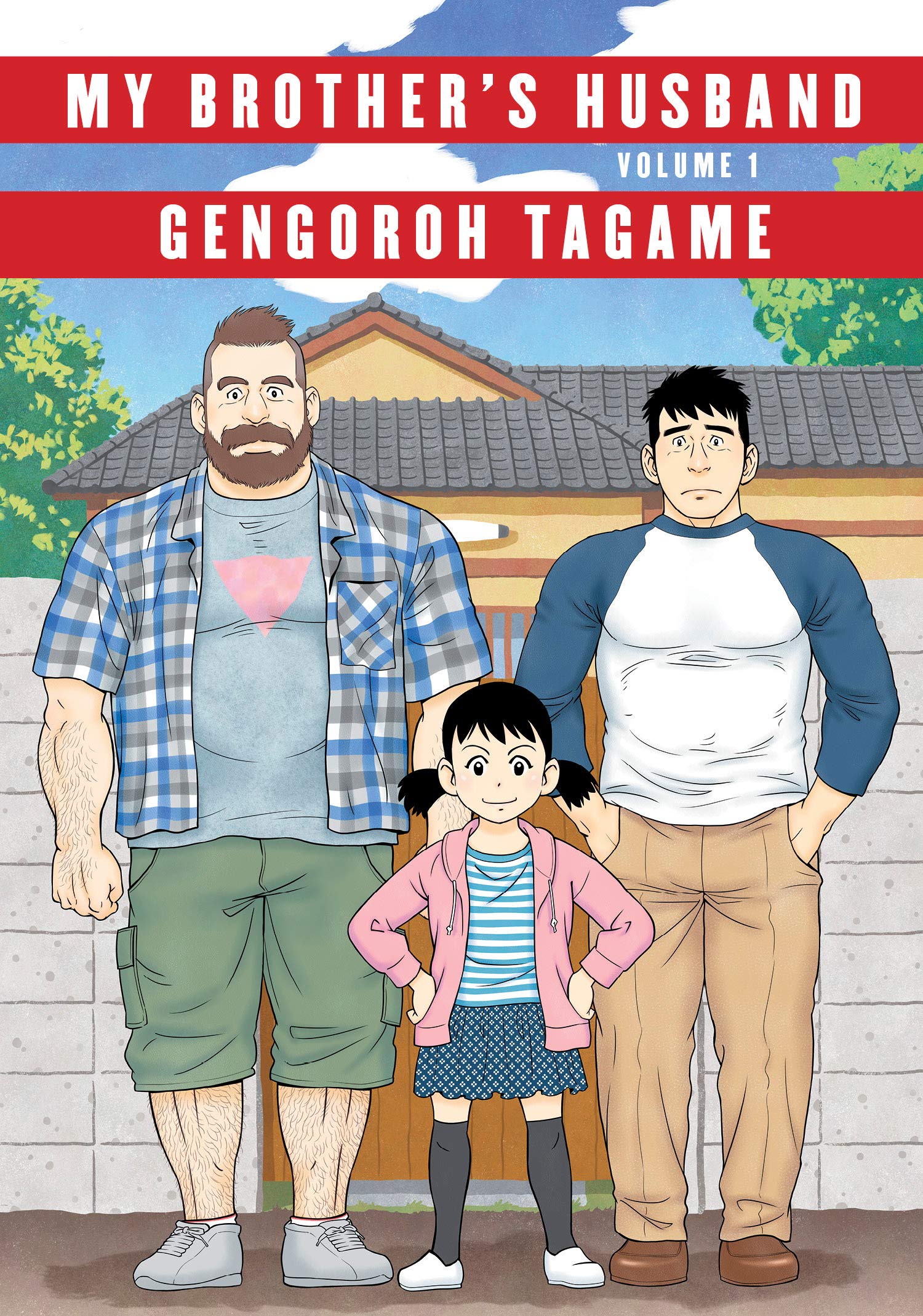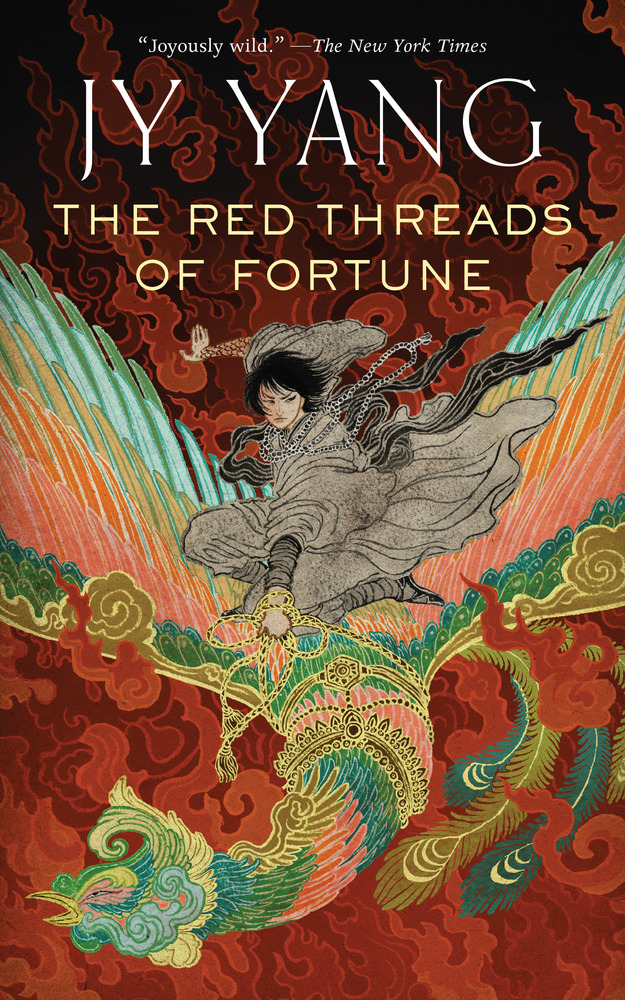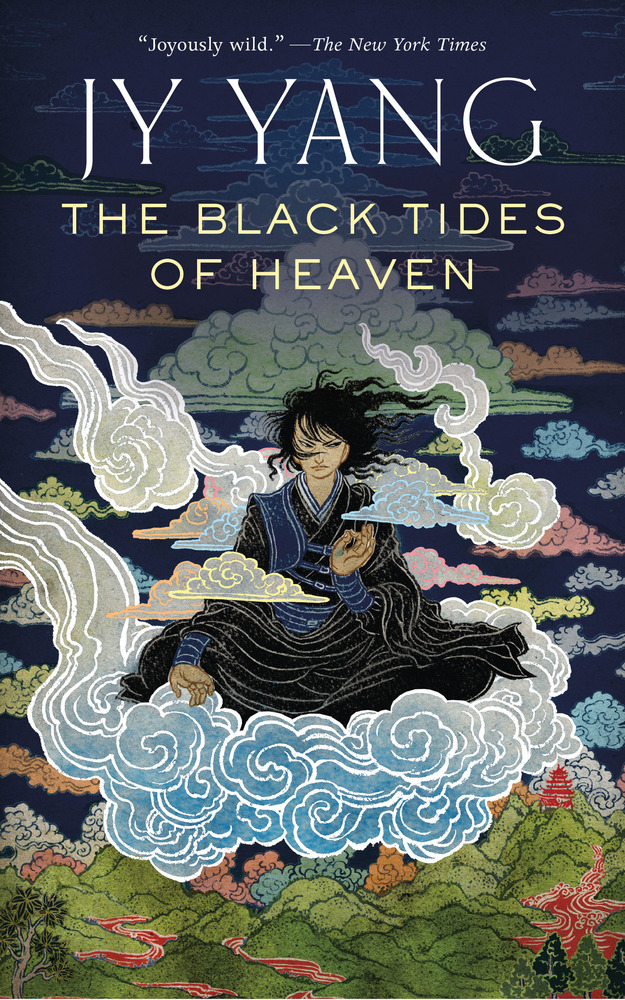
by Daniel Stalter | Oct 3, 2019 | Blog
Back in June of this year, Sina Grace shared a blog post about his experience working at Marvel. The post has already been subject to plenty of media coverage and online discussion, including on the GeeksOUT Podcast. For those of us familiar with the historical...

by Daniel Stalter | Jul 31, 2019 | Blog
Letters for Lucardo: Fortunate Beasts is the second book of the acclaimed Iron Circus graphic novel series by Otava Heikkila. I wrote a review of the first book for Geeks OUT back in 2017; you may want to start there if you’re thinking of reading the series. This...

by Daniel Stalter | Jun 7, 2019 | Blog
My Brother’s Husband is an all-ages manga series by Gengoroh Tagame. It was recently collected into two volumes by Pantheon Books, the first of which won the 2018 Eisner Award for Best U.S. Edition of International Material—Asia. It tells a powerful and heartwarming...

by Daniel Stalter | Jul 30, 2018 | Blog
The Red Threads of Fortune by nonbinary queer Singaporean author JY Yang picks up four years after the events of The Black Tides of Heaven and centers on the prophetic twin Mokoya. Where Black Tides was a coming-of-age story that takes place over several years, Red...

by Daniel Stalter | Jun 19, 2018 | Blog
The Black Tides of Heaven by nonbinary queer Singaporean writer JY Yang is an impressive feat of both subtly and depth. While fantasy isn’t usually known for its brevity, Yang manages to deliver a richly textured world packed with fascinating characters...






